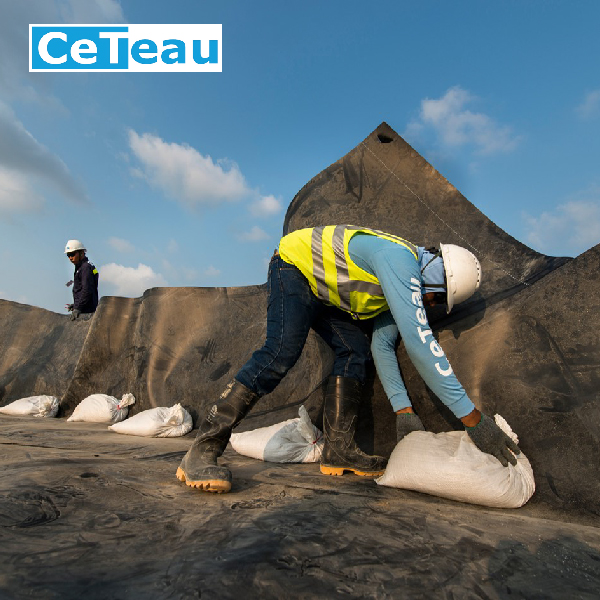Description
METHODS
Vibro Compaction/Replacement
Vibro Compaction is a densification ground improvement technique that rearranges the soil particles into a denser state. Vibro Replacement is a reinforcement ground improvement technique that strengthens the soil by means of the construction of a stone column.
Dynamic Compaction
Dynamic Compaction is a densification ground improvement technique that uses a heavy weight “tamper” suspended from a crawler crane boom that is dropped a repeated number of times into the ground to densify the soil.
Rapid Impact Compaction
RIC is a ground improvement technique consisting of an excavator-mounted, hydraulic pile-driving hammer of 9-16 ton hydraulically raised and then allowed to free-fall, thus delivering energy to arrange soil particles into a denser state.
High Impact Roller Compaction
HIRC is also a “dynamic” compaction technique consisting of a triangular, rectangular or hexagonal ”wheel” mounted on a trailer that is pulled by a tractor with a constant speed, making several passes compacting the soil.













